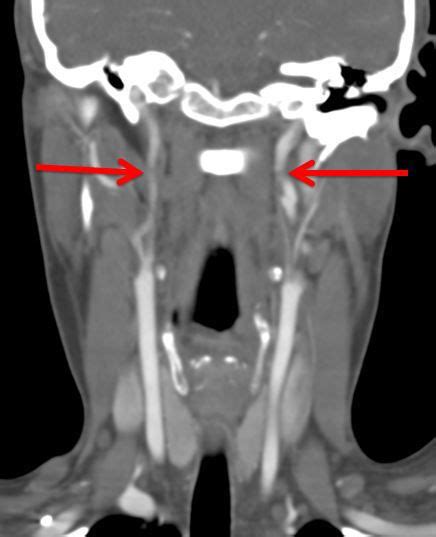How To Prove Strangulation In Court
Ronan Farrow
Mar 25, 2025 · 3 min read

Table of Contents
How to Prove Strangulation in Court: A Guide for Legal Professionals and Victims
Proving strangulation in court requires meticulous attention to detail and a comprehensive understanding of the physical and psychological effects of this violent crime. This is crucial because strangulation often leaves behind minimal visible injuries, making it a challenging crime to prosecute. This guide explores the key elements needed to build a strong case.
Understanding the Challenges of Proving Strangulation
Strangulation, unlike many other forms of assault, can leave few, if any, readily visible external injuries. This lack of readily apparent physical evidence presents a significant hurdle in legal proceedings. Victims may experience a range of symptoms that are difficult to definitively link to strangulation without proper medical examination and documentation.
Key Evidence to Establish Strangulation
Building a successful case necessitates a multifaceted approach, incorporating several forms of evidence:
1. Medical Evidence: The Cornerstone of Your Case
- Thorough Medical Examination: A prompt and comprehensive medical examination by a qualified physician is paramount. This should include a detailed physical examination, noting any subtle injuries such as petechiae (pinpoint hemorrhages), abrasions, or contusions.
- Documentation of Injuries: All injuries, however minor, must be meticulously documented with photographs and detailed written descriptions.
- Imaging Studies: In some cases, imaging studies like CT scans or MRI scans may reveal internal injuries not visible to the naked eye.
- Expert Testimony: The testimony of a medical expert who can explain the significance of the findings and connect them to the act of strangulation is crucial. They can explain the mechanism of injury and the potential long-term effects.
2. Witness Testimony: Corroborating the Event
- Eyewitness Accounts: If any witnesses observed the incident, their testimony can be invaluable. Their accounts should be detailed and consistent.
- Circumstantial Evidence: Evidence such as the positioning of the victim and assailant, sounds heard by nearby individuals, or any struggle marks at the scene can all contribute to building a coherent narrative.
3. Forensic Evidence: Strengthening Your Case
- DNA Evidence: The presence of the assailant's DNA on the victim's clothing or body can provide strong evidence.
- Fiber Analysis: Fibers from the assailant's clothing found on the victim's clothing or body can also contribute to the case.
4. Victim Testimony: The Powerful Voice of Experience
- Detailed Account of the Event: The victim's own account of what happened is a crucial piece of evidence. It should be as detailed as possible, including the assailant's actions, the victim's sensations, and the duration of the assault. However, it's crucial to remember potential trauma and the impact this can have on memory.
- Psychological Impact: The psychological effects of strangulation can be significant and long-lasting. A qualified psychologist or psychiatrist can help assess these effects and provide expert testimony on the impact of the crime on the victim.
Understanding the Types of Strangulation
It’s vital to differentiate between the various types of strangulation:
- Manual Strangulation: This involves using hands to compress the victim's neck.
- Ligature Strangulation: This involves using an object like a rope, cord, or wire to constrict the neck.
Understanding the specific mechanism of injury helps in identifying appropriate evidence and expert witnesses.
Building a Strong Case: A Holistic Approach
Proving strangulation in court demands a meticulous and comprehensive approach. It involves gathering diverse forms of evidence, securing expert testimony, and presenting a clear and persuasive narrative that connects all the elements of the case. The absence of visible injuries should not be interpreted as a lack of assault; instead, it underscores the importance of thorough medical examinations, forensic analysis, and robust witness testimonies. The collaboration between legal professionals, medical experts, and law enforcement is paramount to ensuring justice for victims of strangulation.
Featured Posts
Also read the following articles
| Article Title | Date |
|---|---|
| How To Remove Bed Liner From Paint | Mar 25, 2025 |
| How To Remove Gun Blueing | Mar 25, 2025 |
| How To Make Raspberry Iced Tea With Syrup | Mar 25, 2025 |
| How To Prepare For Kitchen Remodel | Mar 25, 2025 |
| How To Make Dough Bait For Catfish | Mar 25, 2025 |
Latest Posts
Thank you for visiting our website which covers about How To Prove Strangulation In Court . We hope the information provided has been useful to you. Feel free to contact us if you have any questions or need further assistance. See you next time and don't miss to bookmark.
